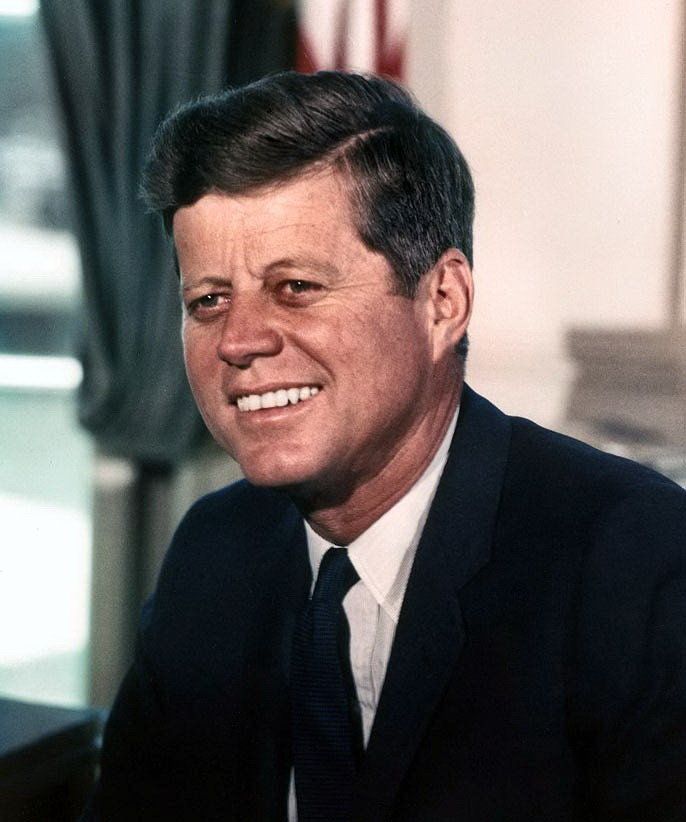
At age 58, a motorcycle crash led me to leave the practice of law and pursue other interests. My last day of law was December 31. A week later I headed west. This wasn't a bucket list trip of things to do before I die. I wasn't under the gun. I was starting life after law by seeing places of personal interest. There wasn't a "should see" on my short list and it did not include a stop at Dealey Plaza in Dallas, but plans change.
Driving south from Memphis through Arkansas in the dark and rain, I crossed the state line at Texarkana and headed for the Courtyard Marriott. In the parking lot I checked my emails. A message from my brother in Dallas said he needed to work on a speech the next day for a change in command ceremony and suggested I tour the Sixth Floor Museum at Dealey Plaza.
Texarkana to Dallas is a straight shot. Next morning I exited the freeway west of downtown, drove through the Triple Underpass and parked near the Dallas County Administration Building, formerly the Texas School Book Depository. That Thursday morning Dallas was busy but not crowded. No one was ahead of me buying tickets. A guard directed me to the elevator and I rode alone to the Sixth Floor.
In the elevator I remembered November 22, 1963. My father, an Air Force captain, was stationed at the Air Force Academy in Colorado Springs. I was in the fourth grade at Pine Valley Elementary and had ridden my bike home for lunch. My mother made me a sandwich as I sat at our kitchen table looking out the window at the mountains. Life was simple in those days, for me anyway. Most people didn't have TVs in their kitchens. We had a radio but it was off. My older brother walked in the front door. "The president's been shot!" My mom switched on the news reports. When I got back to school, my teacher was in tears.
The elevator stopped. The doors slid open, revealing black walls and dim lighting. The dark nest of the assassination nightmare. We can't wake up and make it go away and we can't analyze our way to closure or justice. If I hadn't paid to see this, I would have left then.
They set the scene by introducing the issues of the day -- civil rights, poverty in America and open hostility of Dallas Republicans to President Kennedy and his visit. I looked for information regarding the president's thoughts on the Federal Reserve or who should be printing the nation's currency. There may have been an exhibit on the failed Bay of Pigs Invasion of Cuba and JFK's resulting mistrust of the CIA. I remembered the Cuban Missile Crisis. My father had been in an underground bunker with his B-47 squadron, waiting for the alarm to sound, sending them to nuke Russia. Kennedy prevented that war but Vietnam was a trouble spot. U.S. military advisors were there but he wanted better information before sending U.S. troops to fight.
President Johnson pulled the trigger on Vietnam after the Gulf of Tonkin Incident. That meat grinder chewed up the lives of over 50,000 service people and their families and pumped billions of dollars into the military-industrial complex. Less than three years before the assassination, President Eisenhower gave warning in his farewell address.
"In the councils of government, we must guard against the acquisition of unwarranted influence, whether sought or unsought, by the military-industrial complex. The potential for the disastrous rise of misplaced power exists and will persist. We must never let the weight of this combination endanger our liberties or democratic processes. We should take nothing for granted."
In 1963, life was far from simple for President Kennedy.
The photographs of the motorcade included stills and video from the Zapruder film. Exhibits told how Oswald's rifle was found on the Sixth Floor, how the sniper's nest was hidden by stacks of boxes bearing Oswald's prints, and how he was arrested shortly after the shooting of a Dallas police officer. Oswald denied shooting anybody and told reporters he was "just a patsy." Black and white photographs show Jack Ruby gunning Oswald down in the company of police and reporters before Oswald said more.
Was Ruby an enraged citizen or a fixer of loose ends sent to silence Oswald? The museum acknowledges conspiracy theories surrounding the assassination but sides with the Warren Commission findings that Oswald killed President Kennedy and acted alone.
From behind a thick plate of glass, I looked at the sniper position, shielded by stacks of book boxes. This was recreated according to photographs taken in 1963. It was strange standing there. A few feet from ground zero, I felt like the stacked boxes still hid the shooter and the truth about what happened.
JFK's tomb at Arlington has an eternal flame but I felt no illumination here. The Sixth Floor Museum is a dark place with no magic mirror for peering into Oswald's soul. Did he fire the shots? Did he act alone? If so, why didn't he take credit for it? Key pieces of the nightmare are missing. Without them there will always be a monster lurking under the bed, one hand just above the edge of the mattress hidden inside a puppet of Jack Ruby.
I had planned on eating a late lunch in the café downstairs but plans change. I needed to put some distance between the museum and me. As I drove past the grassy knoll and storm drain, three people stood on the sidewalk. A man in dark pants and a white shirt pointed at the former Texas School Book Depository. Maybe all the shots fired at the president really did come from that building, not only from Oswald's rifle but fired by Oswald, acting alone. It was certainly less disturbing to think so.